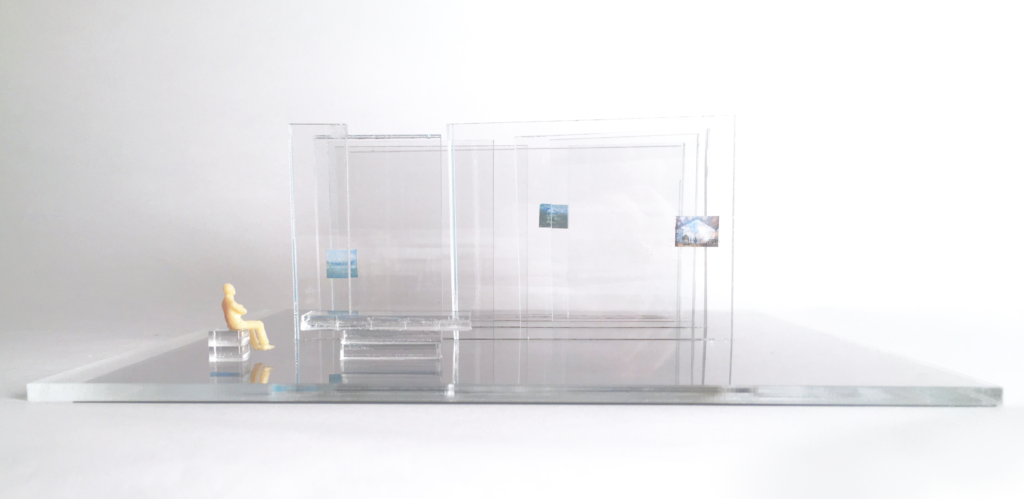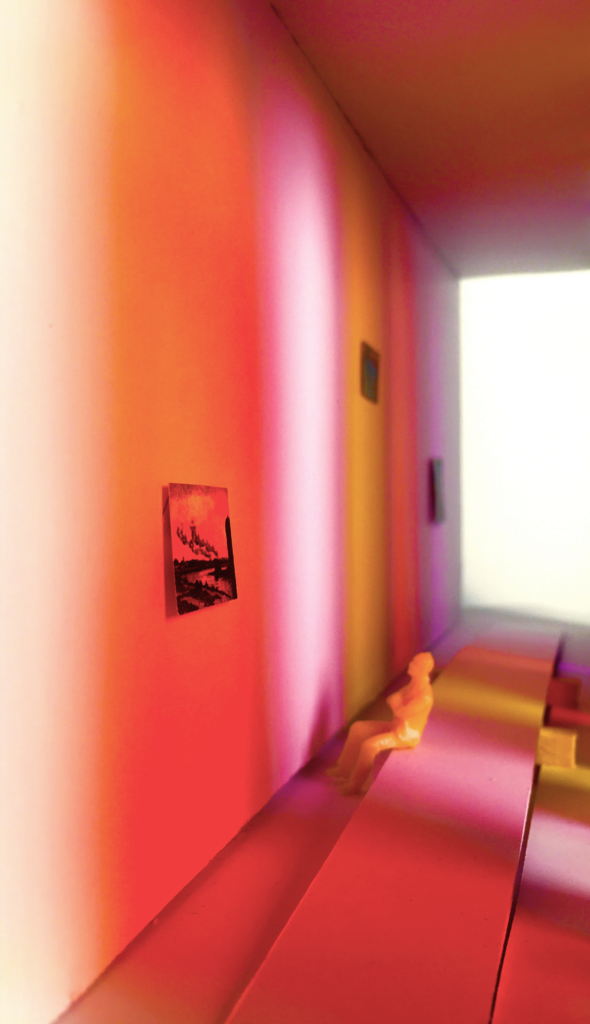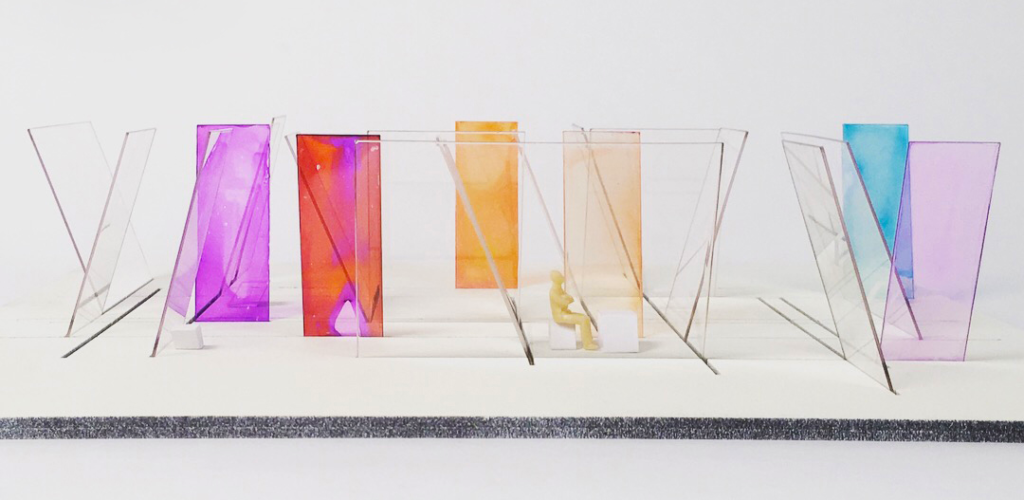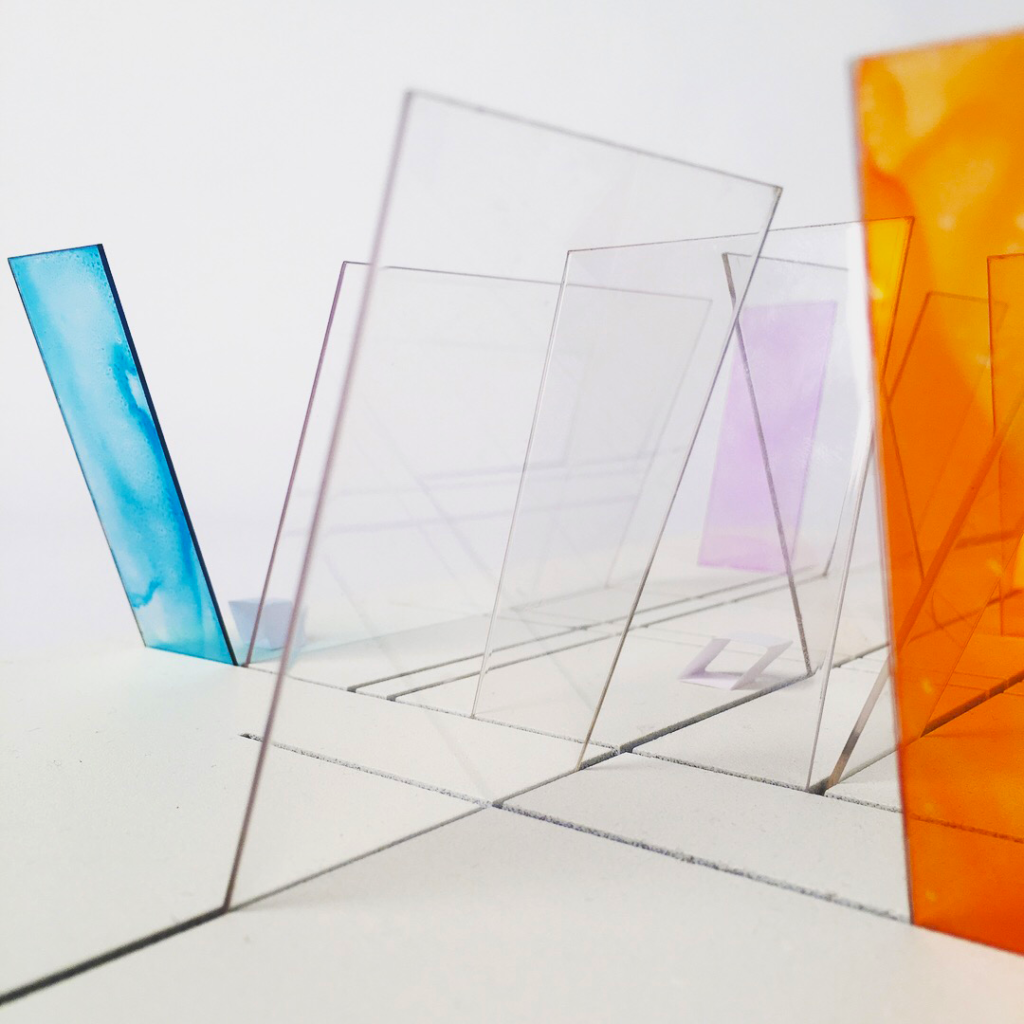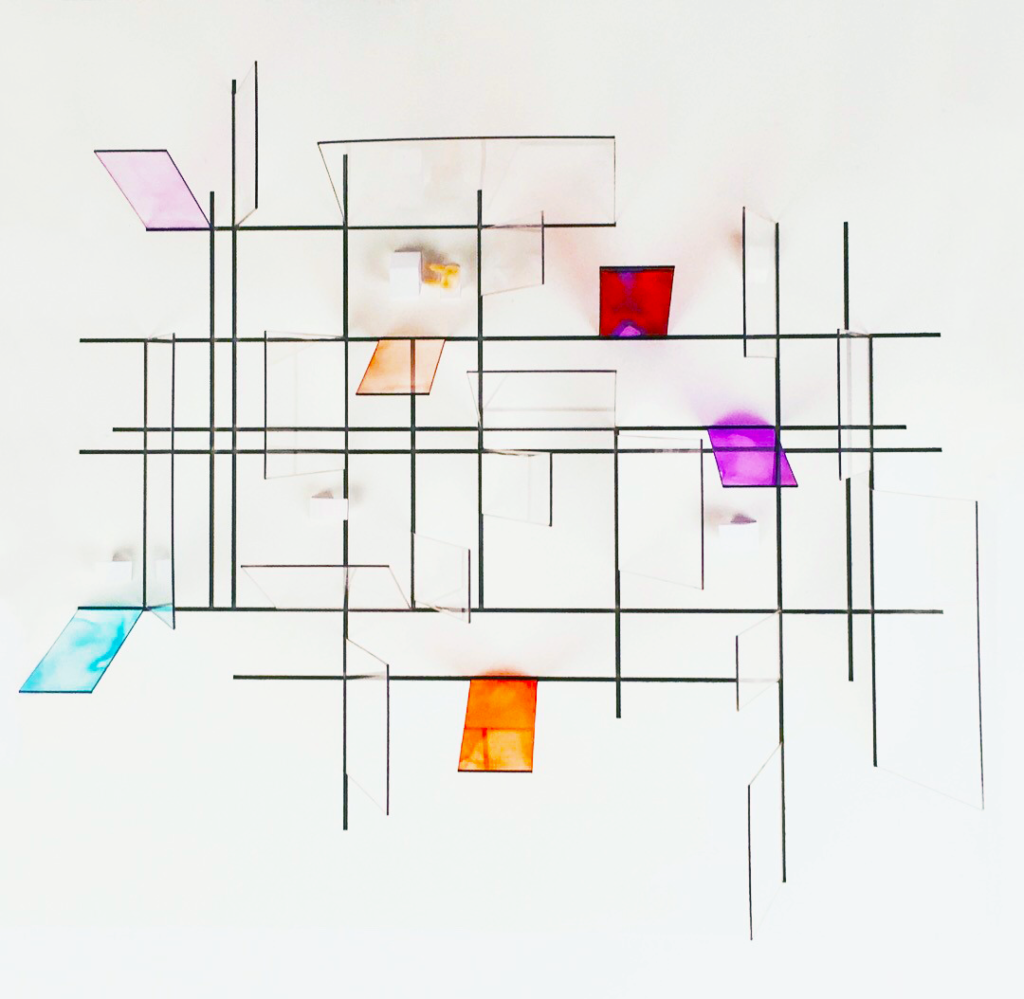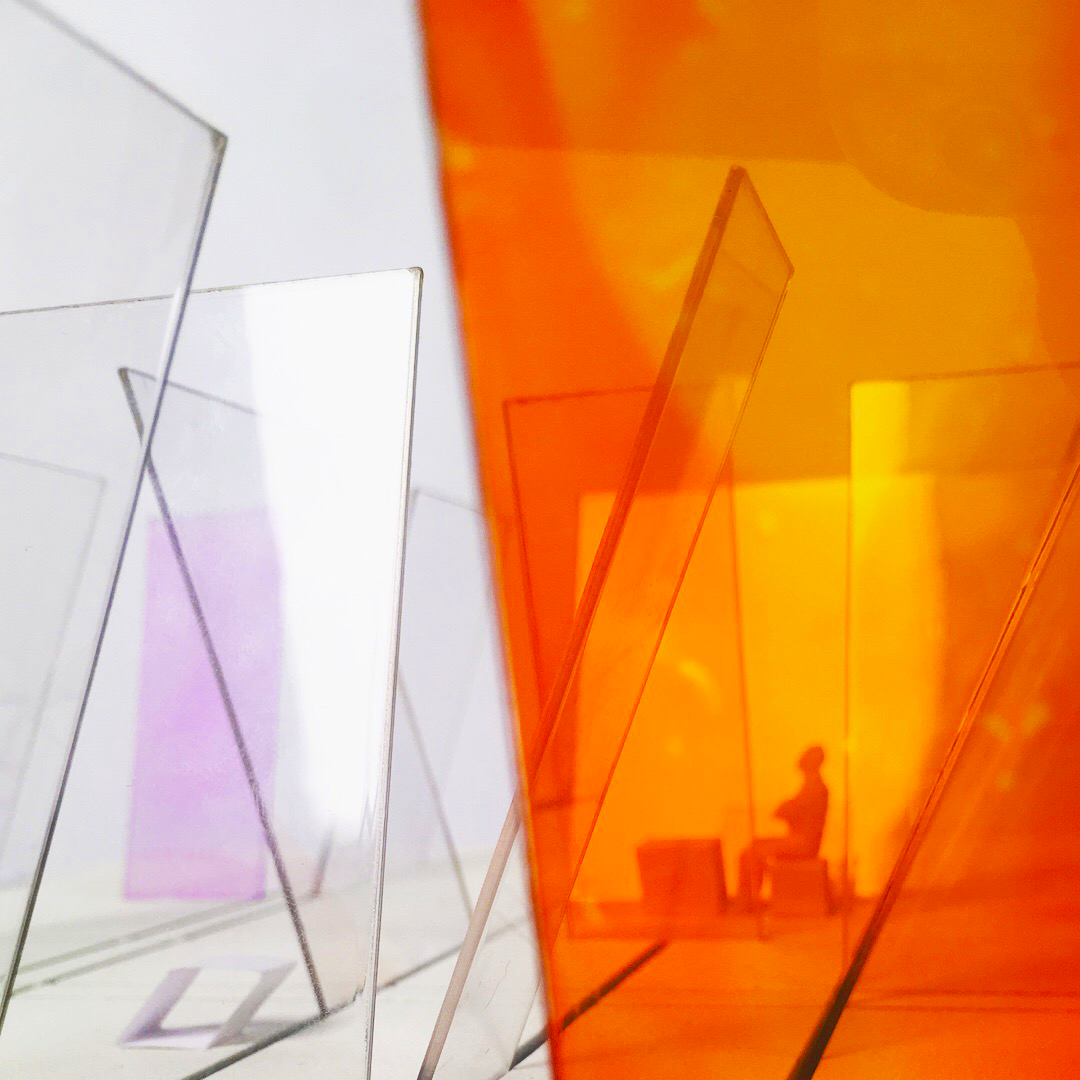The first studio course which architecture students undertake, this class conveyed basic principles of design, introduced a variety of representational techniques, and led pupils toward an understanding of iterative design processes. DF1 was where I came to understand how to be creative in the studio environment. It’s where I discovered the joy of the process and became confident that I was on a path to a rewarding future in spatial research and design.
MacPhail Center for Music
The MacPhail Center for Music is unique in how its building-scale components interact both with each other and with their urban surroundings. Through carefully framed views, material similarities, and repetition of forms across spaces, the building (or collection of buildings) works harmoniously to create a sense of belonging and unity. The Center is interpreted, and findings are presented through collage and watercolor. These media are selected because of the nature of the center as a collection of disparate parts, and because of the fluidity of both music and movement which make this pace unique.
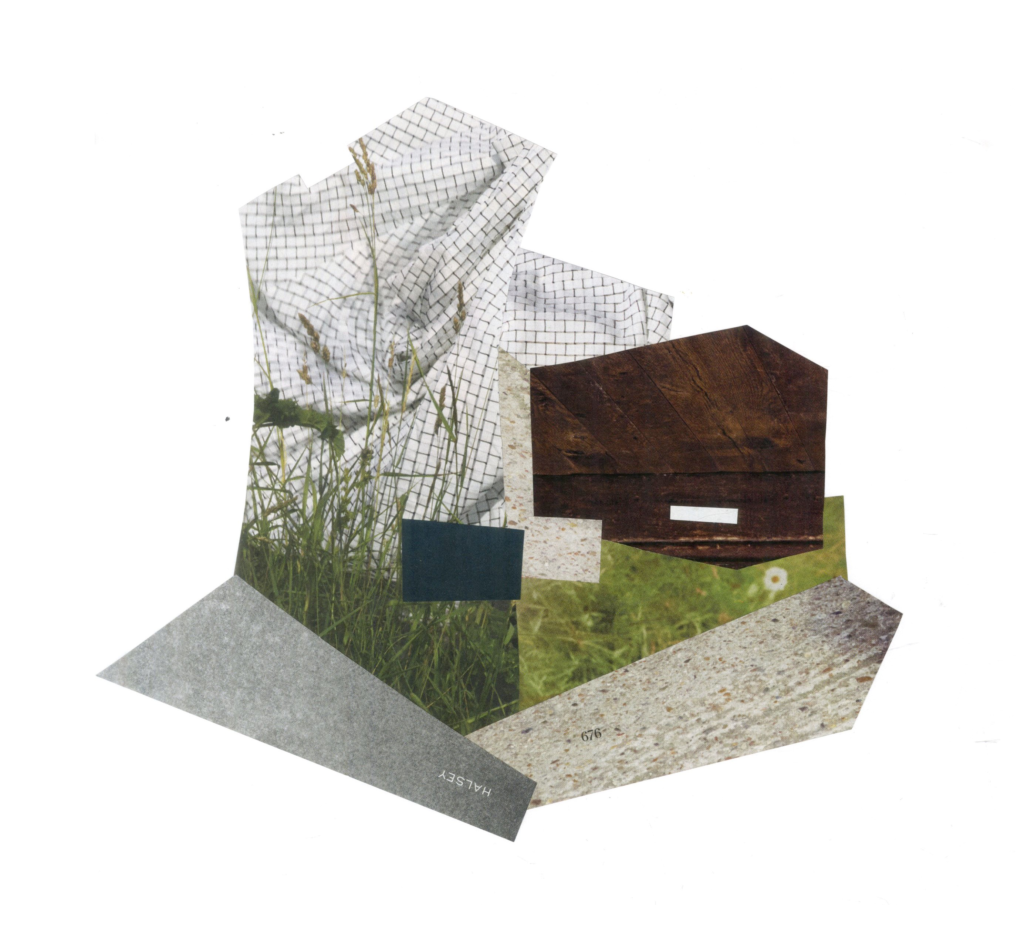
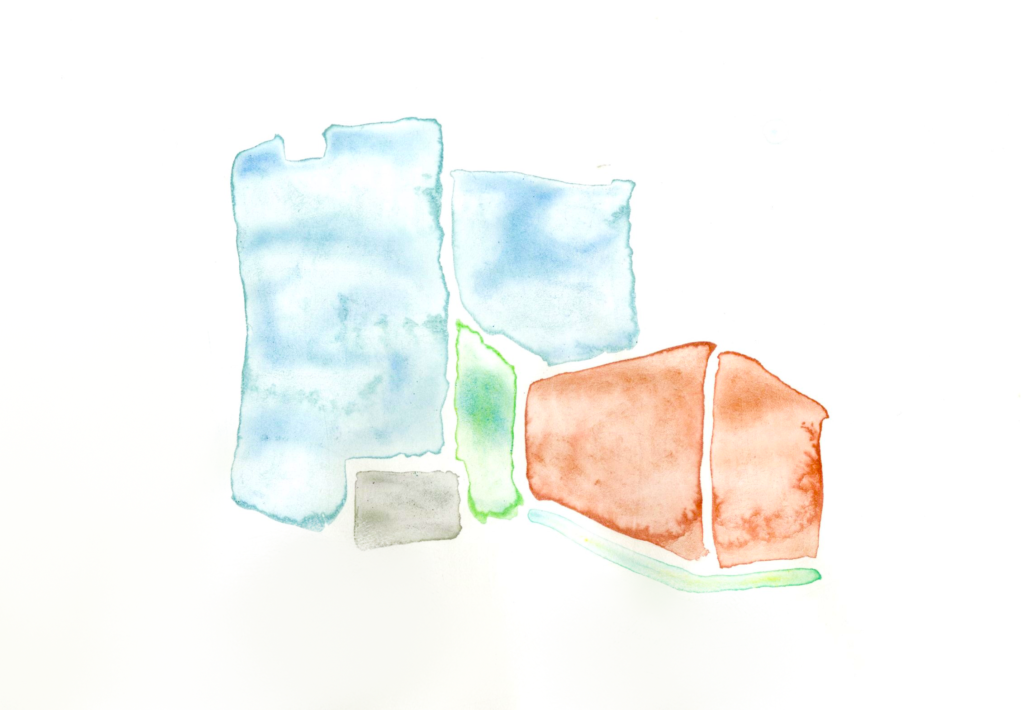
harmony through contrast, relation, and fluidity

Transformation
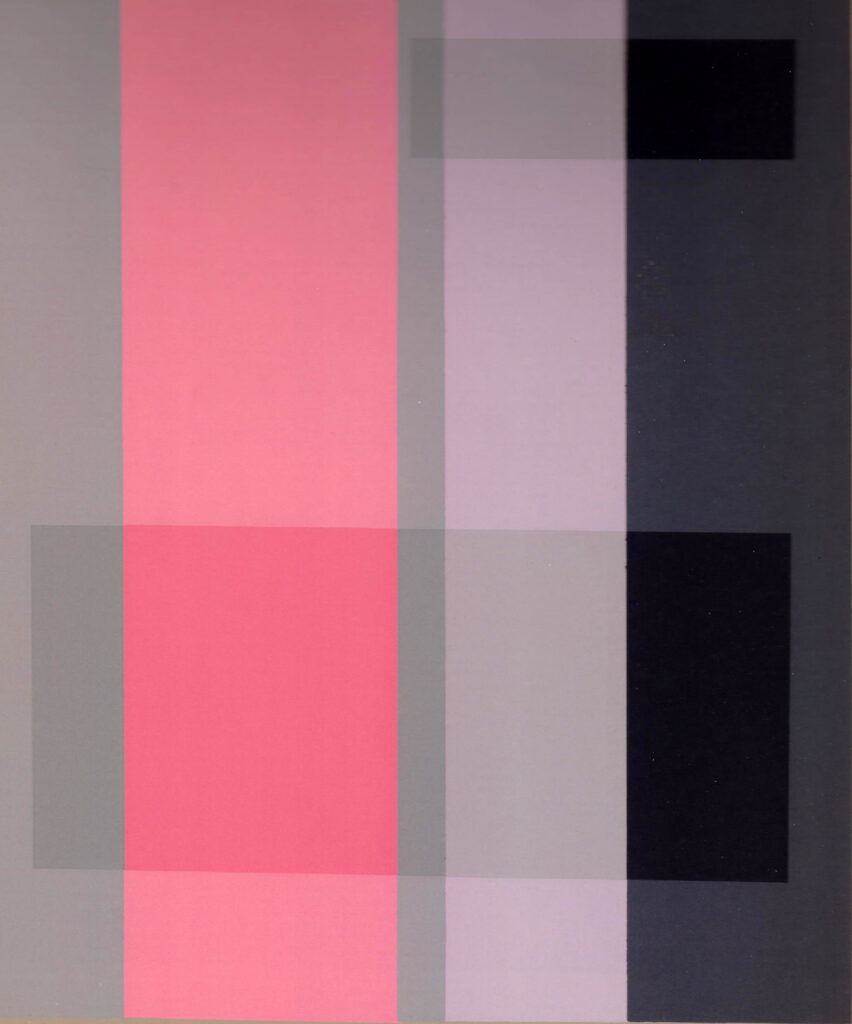
This color study by Joseph Albers is transformed into a gallery space. The painting displays carefully measured proportions based on Fibonacci numbers and a sense of translucent overlap.
